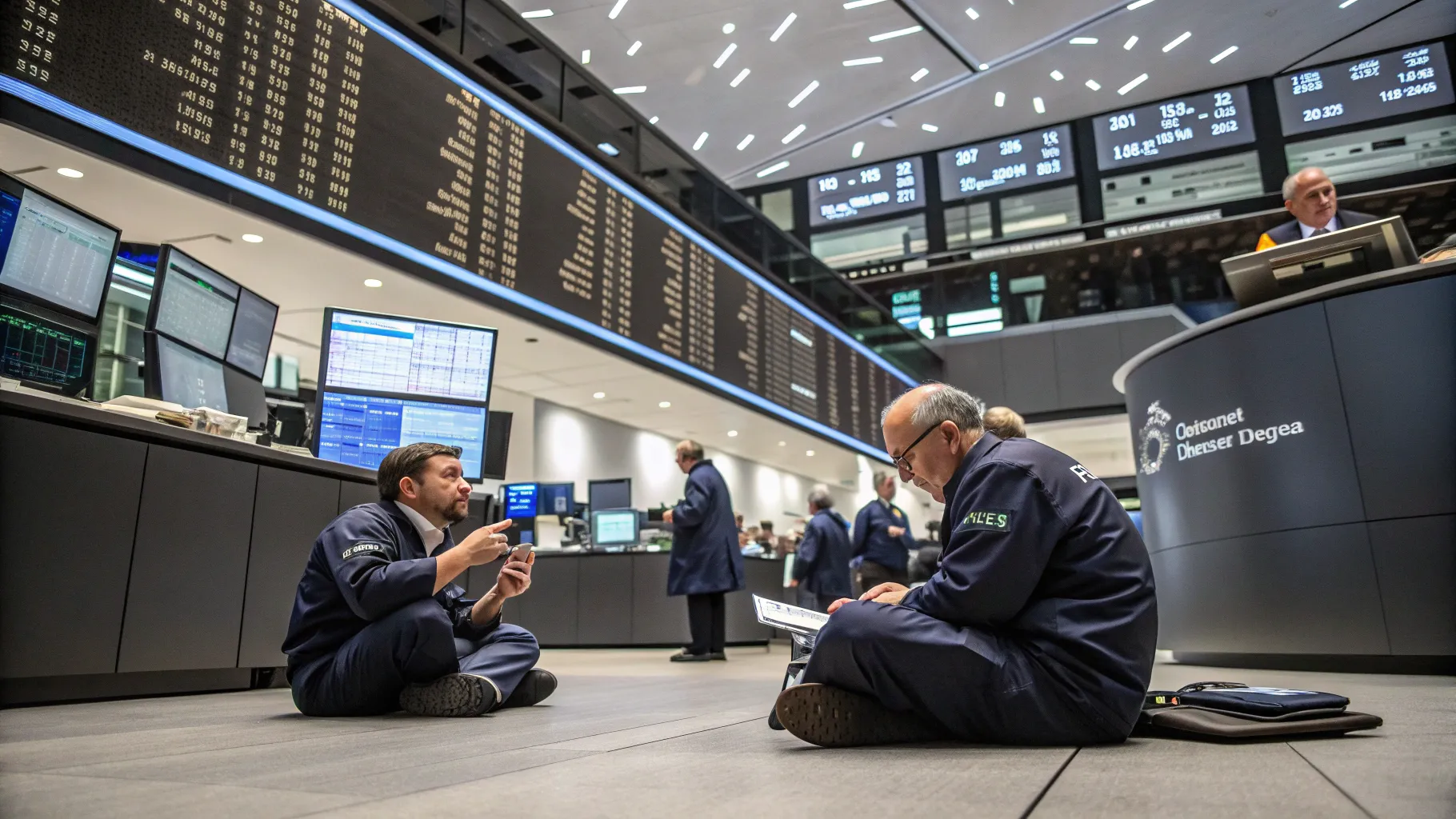As another federal funding standoff looms, investors are wagering that markets will ride it out with little lasting damage. Trading desks expect a repeat of past episodes, when stocks shrugged off political drama and the economy kept moving. Still, the view comes with caveats and reminders that policy uncertainty carries real hazards.
“Past shutdowns have had minimal effect on the stock market or on the economy, and the bet on Wall Street is that something similar will happen again. That’s not to say there aren’t risks.”
History Suggests Limited Market Fallout
Government shutdowns have a track record. In 1995–96, 2013, and 2018–19, equities did not suffer lasting declines tied to the stoppages. The 2013 episode ended with the S&P 500 higher on the month. During the 2018–19 impasse,
stocks rallied as the market recovered from a late-2018 selloff.
Economists often point to the temporary nature of many shutdown effects. Federal workers receive back pay. Delayed spending tends to restart. Investors also expect Congress to resolve funding disputes, even if the path is messy.
The Congressional Budget Office estimated the 2018–19 shutdown reduced gross domestic product by about $11 billion. Roughly $3 billion of that was permanently lost, while most activity was made up after the government reopened. The GDP hit in early 2019 was small in percentage terms, reflecting a short-lived shock.
Why Traders Still See Risks
Even if indices hold up, the near-term costs can be real. A funding lapse can slow parts of the economy that rely on federal approvals, payments, or data.
- Delayed economic reports can cloud the outlook for investors and the Federal Reserve.
- Federal contractors face cash flow stress, which can weigh on hiring and investment.
- Furloughed workers may cut spending, hurting local businesses near government hubs.
Some analysts warn that repeated standoffs can erode confidence. Credit rating agencies have cited governance concerns in past assessments of U.S. debt. If political fights spill into debates over the debt ceiling or deficit policy, funding costs could rise.
Market stress can also emerge in pockets. Short-term Treasury bills near key dates sometimes trade with small discounts if investors price in processing delays.
Liquidity can thin in certain corners of the bond market when uncertainty flares.
What Past Episodes Tell Investors
Patterns from earlier shutdowns offer guideposts. Stocks have often tracked fundamentals more than headlines. Corporate earnings, inflation trends, and interest rates drove performance even as Washington argued over budgets.
At the same time, some industries felt sharper effects.
Air travel and national parks saw disruptions as workers were furloughed. Small firms dependent on federal permits or loans had to wait, delaying projects and hiring plans.
During the 2018–19 stoppage, the CBO reported that the level of GDP in the first quarter was about 0.2 percent lower than it would have been, before activity rebounded. That illustrates the stop-and-start nature of shutdown shocks: the hit is concentrated, and much of it is later reversed.
How Companies Are Preparing
Corporate leaders often plan for short interruptions. They manage payroll buffers, adjust order timelines, and prepare contingency staffing. Banks and payment firms brace for changes in consumer spending in regions with heavy federal employment.
Investors tend to fade sharp market moves tied to political headlines. Portfolio managers watch earnings guidance and credit conditions more closely than day-to-day negotiations. If funding resumes quickly, risk appetite usually returns fast.
What to Watch Next
Three signals will guide the next phase. First, the length of any shutdown. A brief pause usually limits damage. Second, the state of the economy going in. A soft backdrop can amplify even small shocks. Third, the policy spillover. If gridlock extends to debt limit debates or tax changes, the market calculus shifts.
Key data releases may be delayed, leaving the
Fed to weigh incomplete information. That could affect rate expectations and bond yields. Contractors’ earnings calls will offer early clues about demand and cash flow pressure.
The dominant market view is steady:
short shutdowns have not derailed stocks or the broader economy. Yet repeated flashpoints can chip away at confidence. Investors will watch the clock, the economic base case, and the tone in Washington. If the stop is brief, history suggests the market looks past it. If it lingers, the risk list gets longer.







